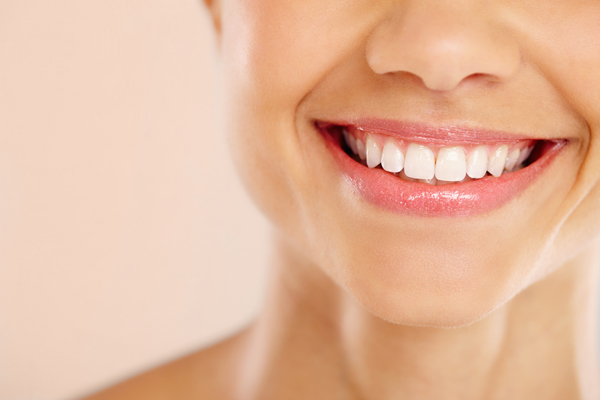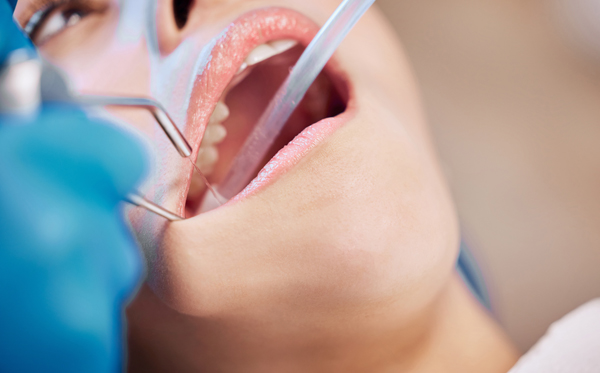Popular Dental Bonding Solutions

Dental bonding is a quick, affordable fix that dentists use to correct a wide variety of dental problems. Not only is dental bonding useful as a restoration, it also has cosmetic applications. The fact that bonding is easy to use makes it a popular option with dentists. This is how it works.
An overview of dental bonding
Dental bonding takes the form of a tooth-colored, putty-like plastic known as composite resin. The fact that the resin is easy to shape is what makes dental bonding so versatile. For this reason, dental bonding is the go-to material for dentists who need to fill fractures and cavities. The resin can squeeze into a tight, jagged spot and assume the shape of the space. When exposed to a curing light, the bonding solidifies. It becomes a well-fitting, durable restoration that lasts for years.
Types of dental bonding
There are two broad categories of dental bonding: direct and indirect.
Direct dental bonding
To recap, in its raw state, dental bonding is a putty-like material that a dentist can apply directly to teeth, just like a metal filling. Because dentists apply it directly to the tooth, this type of bonding is aptly named direct bonding. Here are some of its uses:
- A filling for a cavity: Metallic fillings are dark in color, which makes them stand out. In contrast, composite resin can fill a cavity in a tooth and remain undetectable, making it an effective option for both one's back molars and front teeth.
- Repairing a crack or a fracture: A dentist can also use bonding material to repair a small dental fracture. The bonding fills the crack and be shaped to match the rest of the tooth's shape.
- Reshaping a chipped tooth: The dentist applies dental bonding after abrading a small section of the enamel. They can sculpt the bonding so that it replaces the missing part of the tooth.
- Adhesive for dental veneers: Dental bonding can also be used as an adhesive. The dentist can use a type of composite resin (unfilled resin) to attach the veneers to the surfaces of the patient's front teeth.
Indirect dental bonding
Dentists also use composite resin to fabricate indirect dental restorations like dental veneers, onlays, and inlays. While these restorations are not as tough or as durable as their metal or ceramic equivalents, they are more affordable. Indirect dental bonding requires two separate procedures. During the first procedure, the dentist prepares the patient’s tooth and takes a mold of it. The patient goes home while the dentist sends the impression to a dental lab.
Once the dentist receives the restoration from the lab, they call their patient in for a second procedure. The dentist then places the restoration on the prepared tooth. During this appointment, they ensure the restoration fits the patient and can make any necessary adjustments.
Restoring your smile has never been this easy
Dental bonding is an effective and affordable way to restore your smile. Are you ready to get started? Call our Bowie office to schedule an appointment.
Request an appointment here: https://www.gatewaydental.org or call Gateway Dental Dr. William Swann DDS at (301) 485-7492 for an appointment in our Bowie office.
Check out what others are saying about our dental services on Yelp: Dental Bonding in Bowie, MD.
Recent Posts
If you have a cracked, discolored, or chipped tooth, dental bonding can be a good option. This is a cosmetic dental procedure and can encourage you to smile more. In the procedure, your dentist will apply resin to your teeth that is the same color as your teeth. That can repair any damage. It can…
Dental bonding is a simple and pain-free cosmetic procedure that can fix minor imperfections with teeth. Everyone should be able to show off a smile that they are proud of, and many achieve the smile of their dreams through dental bonding treatment. The most notable reasons to consider dental bonding are to fill gaps between teeth,…
Dental bonding is also known as tooth bonding. It involves using a softened composite resin to fix cracks or minor chips in the teeth. The material is pliable, so the dentist can mold it into any shape. It can also be polished to provide a more natural-looking appearance. After this, the dentist can use ultraviolet…
Dental Bonding Bowie, MDThose with one or more imperfections in their front teeth may benefit from dental bonding. Today's dental patients can benefit from the many recent dental advances that allow for both better functioning and better cosmetics. Dental bonding can fix teeth in one to three appointments so that patients can smile with renewed…


